Should You Boil Irish Sea Moss to Get the Best Experience?
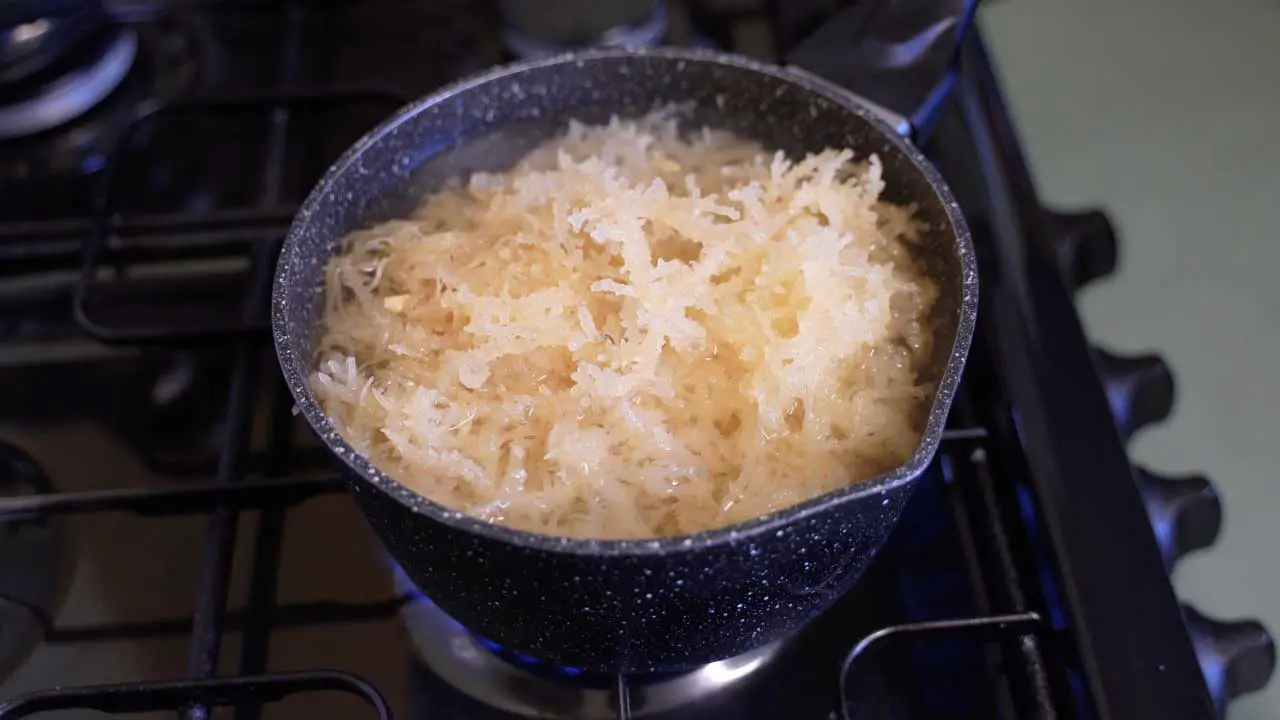
ListedFit is reader-supported. When you buy through links on our site, we may earn a small commission.
There’s a big mismatch when it comes to the question of ‘should you boil Irish sea moss?‘ or should you just soak it?
Many people don’t know if they should boil sea moss or not. Some people passionately say you shouldn’t ever boil it whereas some people say you definitely should.
In this article I aim to answer the question of if you should boil sea moss or not, if there’s any risks or dangers to not boiling sea moss and also I’ll share a quick way to cook sea moss tea with the leftover water!
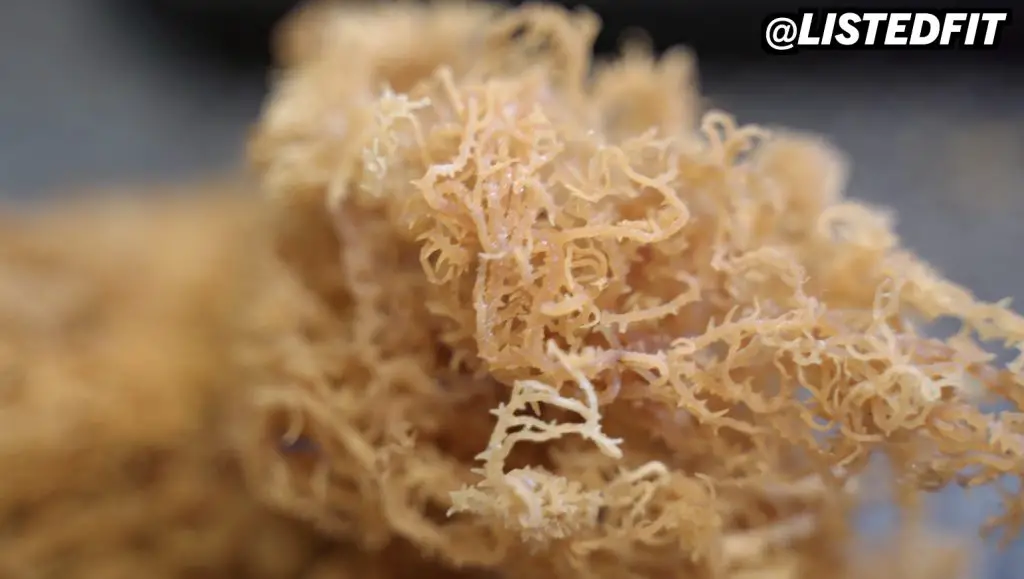
Table of Contents
What is Irish Sea Moss?
Irish Sea Moss, also known as Chondrus crispus, is a type of marine red algae which is found around the coasts of Ireland and Great Britain. Traditionally, the Irish Sea people would eat this seaweed as part of their diet. They would dry it out in the sun or by fire before boiling it.
The Benefits of Irish Sea Moss
Irish sea moss contains about 47g of iodine per 100g or 3.5 ounces—which is ten times the amount found in kelp. It also contains over 15 minerals, 12 vitamins (A, B1, B2, B6, C and E), 18 amino acids, proteins, carbohydrates, fiber, and it’s low in fat.
Some people use Irish sea moss to treat:
– Asthma
– Bronchitis
– Stomach ulcers and indigestion
– Heartburn and gas (if boiled)
It has also been used to lower high blood pressure and cholesterol levels, cure skin conditions such as eczema and psoriasis, treat anemia—and strengthen the immune system.
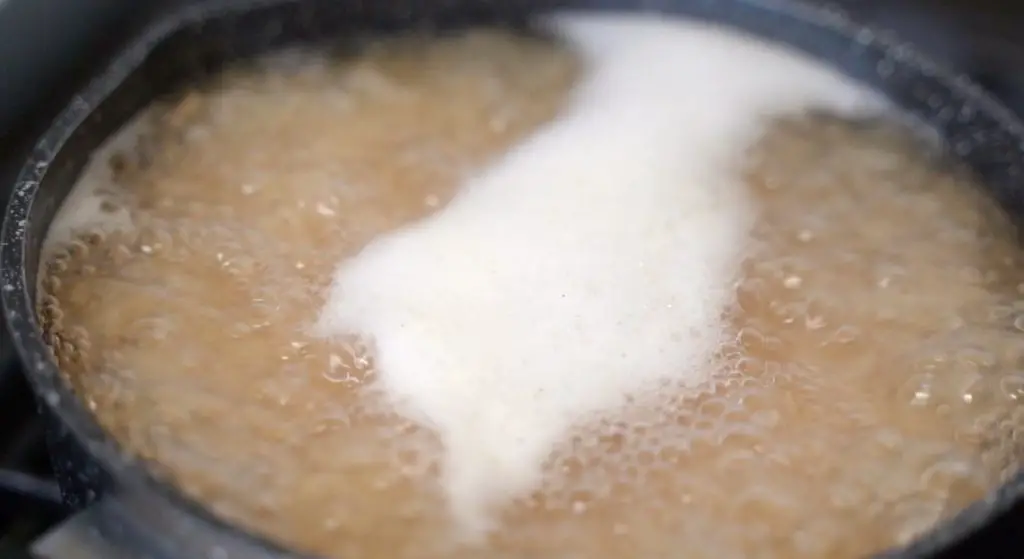
Should You Boil Irish Sea Moss?
The debate around the question of should you boil Irish sea moss is largely due to the fact that boiling can deplete some of the nutrients found in the sea moss. There is also a concern and belief among many that boiling Irish sea moss can destroy some of its beneficial compounds, such as polysaccharides, which are thought to have anti-inflammatory and immune-boosting properties.
Furthermore, some say that boiling sea moss can also cause the moss to lose some of its taste and texture, making it less palatable.
On the other hand, boiling Irish sea moss can be beneficial in some cases. For example, boiling can make it easier to digest and absorb, and can also reduce the risk of foodborne illnesses that may be present in the moss.
Boiling can also help to soften the moss, making it easier to blend into recipes.
Ultimately, the decision to boil Irish sea moss is a personal one that should be based on individual needs and preferences.
It is important to consider the potential pros and cons of boiling Irish sea moss before making a decision.
Those looking for the most nutritional benefits may opt to consume it raw, cleaned and soaked or lightly cooked, while those who prefer its taste and texture may choose to boil it.
This article will try to answer the question of ‘should you boil irish sea moss?‘
FYI: We recorded a video and tested boiled sea moss vs non-boiled sea moss. Check it out on our YouTube channel. YouTube.com/listedfit
Why Boil Sea Moss? – Does Sea Moss Contain Anything Harmful?
Sea moss can contain a variety of bacteria, both beneficial and harmful. The most common bacteria found in sea moss are Bacillus subtilis, Pseudomonas, and Vibrio. Bacillus subtilis is a beneficial bacteria that helps to prevent the growth of other harmful bacteria. Pseudomonas is a type of bacteria that is found in water and soil and is generally assumed to be harmless. Vibrio is a type of bacteria that can cause illness in humans and is of particular concern.
In addition to the bacteria mentioned, sea moss can also contain other types of bacteria, both pathogenic and non-pathogenic. The presence of pathogenic bacteria can cause serious illnesses in humans if consumed.
This is one of the main reasons why many people advocate boiling the sea moss beforehand as a precaution, to ensure that it is safe for consumption. It is also important to ensure that the moss is harvested from clean, uncontaminated water.
By taking these precautions, it is believed that the risks of consuming harmful bacteria from sea moss can be minimized. ]
Why I Boil My Sea Moss
“My problem with sea moss is that a lot of the time when I buy the leaves raw, and you clean it first before soaking it overnight, you can still feel a bit unsure as to whether the leaves are fully clean or not, so I always choose to boil it.”
Michaela, 29
“My grandad boiled it, my dad boiled it, my mum boiled it, so not boiling my sea moss just isn’t right to me.”
Curtis, 43
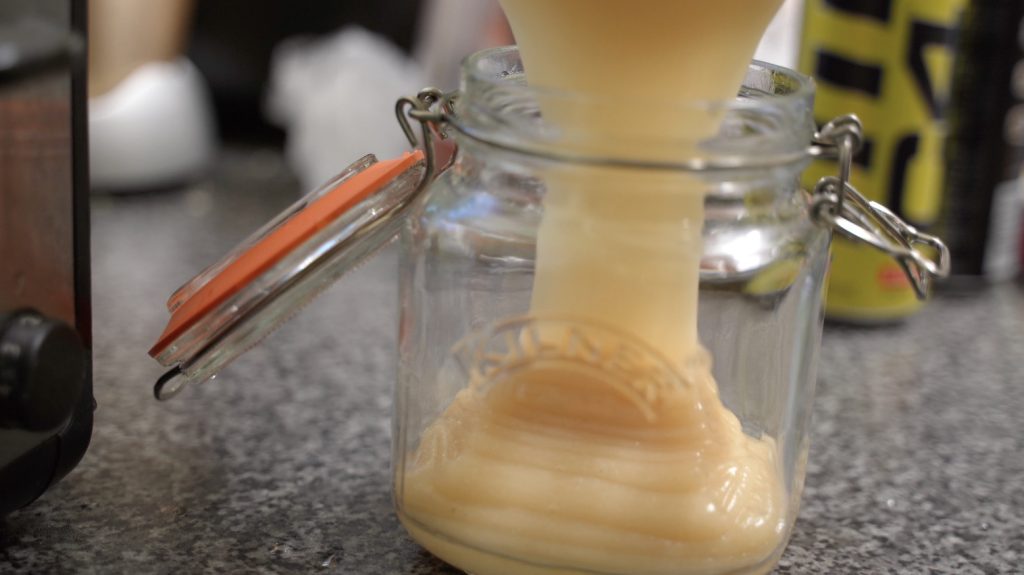
What Actually Happens When You Boil Irish Sea Moss?
Boiling sea moss is a popular method of preparation for consumption. It is a traditional practice in many cultures, particularly in the Caribbean and is still used today.
Boiling sea moss is thought to reduce the amount of iodine and other minerals, as well as lessen the slimy texture that some people find off-putting.
When sea moss is boiled, some of the nutrients present in the seaweed can be lost. Much like when boiling spinach you destroy thiamin (vitamin B1), the iodine content of sea moss is reduced when it is boiled. This is because boiling water can leach out some of the minerals that are present in the seaweed.
Additionally, some of the vitamins present in the seaweed will also be lost. The nutrients that remain in boiled sea moss are still very much beneficial. The sea moss will still contain many minerals and vitamins, including calcium, iron, magnesium, and potassium. It is also rich in antioxidants and dietary fibre, making it a nutritious food choice.
Overall, boiling sea moss can reduce the nutritional content of the seaweed, but it is still a nutritious food choice. It provides many essential vitamins and minerals that can benefit the body, and it can be used in a variety of dishes.
How Long Should You Boil Sea Moss?
It is recommended to boil sea moss for approximately 10-15 minutes. This will ensure that all of the bacteria and any potential contaminants are killed, while not overcooking the moss. Be sure to stir the moss occasionally to ensure even boiling. After boiling, rinse the moss in cold water and use it as desired.
In my video ‘Should you boil sea moss?’ I actually boiled the moss for 30-40 minutes so a bit longer than recommended. I also left the moss in the water once the boiling had finished. Many people advised me that I shouldn’t throw out the water after it has boiled.
Some people do boil their sea moss overnight (in a slow cooker), but I feel this might be overkill.
I left the moss in the water after boiling, and the leaves did soaked up the moisture. Many people advised me that keeping the water and not straining it out is key in this process as the excess water is still very rich in nutrients, some recommend drinking the excess water or using it in cooking.
Can You Over Boil Sea Moss?
As mentioned some people do advocate using a pressure cooker or a slow cooker overnight to do this. But I think this is unnecessary as some people can’t afford such equipment and boiling it in a pan is just fine. 10-15 minutes is recommended by many, I personally boiled it for 30–40 minutes.
Boiling sea moss causes it to become softer like ramen noodles, but over boiling it just turns it a lot more gooey. However this doesn’t mean that you can’t use the sea moss.
How to Make Sea Moss Tea With The Leftover Water

Something many people ask is what they can do with the leftover water when they have finished boiling the sea moss. So here is a really simple and quick way you can make some sea moss tea.
1. Boil half a cup of spring water in a pot.
2. Fill the other half with the sea moss water. You may want to strain it to avoid any pieces.
3. To sweeten the tea, add your desired sweetener, such as honey or maple syrup or even squeeze half a lemon in there.
Once the tea has cooled, enjoy! You can flavour the tea any way you like so don’t be afraid to be creative here.
So, Should You Boil Irish Sea Moss? Conclusion…
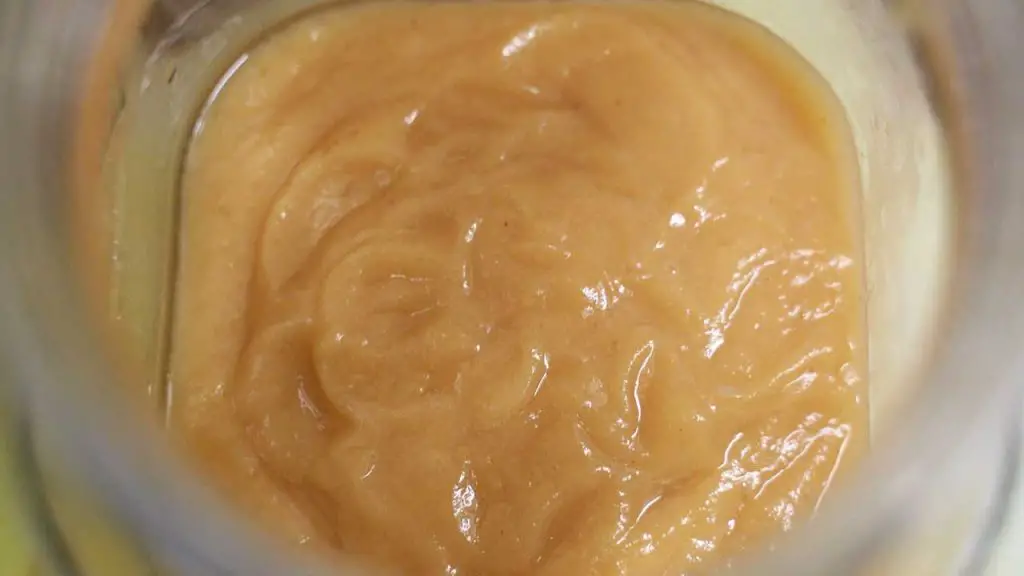
If you do choose to boil sea moss, remember that boiled Irish sea moss shouldn’t be seen as useless or devoid of nutrients. Ensure you do not throw away the water after boiling too – a lot of the nutrients are still in the water and you can still drink this water or make tea with it as instructed above.
You can also eat boiled sea moss if you are going to make soup or any other food that cooks them for longer than just boiling.
Should you boil sea moss? Whether you choose to boil or not to boil sea moss, just remember to start with high quality wildcrafted and preferably organic sea moss leaves, and avoid lower quality products that haven’t been cultivated in the right way.
FAQs – Should You Boil Sea Moss?
Does Boiling Sea Moss Kill The Nutrients?
Boiling sea moss can lead to a loss of some nutrients, but it does not completely eliminate them. When sea moss is exposed to high temperatures, some heat-sensitive nutrients, like vitamins and enzymes, may degrade or be destroyed.
However, other nutrients like minerals and trace elements can remain relatively stable during the boiling process.
To minimize nutrient loss, it is recommended to prepare sea moss by soaking it in water to rehydrate and soften it, rather than boiling it. After soaking, you can blend the sea moss with water or other liquids to create a gel that can be used in various recipes.
Regardless of the preparation method, it is important to note that nutrient content may vary depending on factors such as the source, harvesting method, and storage conditions of the sea moss.
Also, if you do decide to boil, don’t throw away the leftover water from boiling, as this water will still contain some of the nutrients.
Do You Soak Sea Moss in the Refrigerator?
Yes, you can soak sea moss in the refrigerator.

To do this, follow these steps:
1. Rinse the sea moss thoroughly under running water to remove any debris or salt.
2. Place the cleaned sea moss in a large bowl or container, and cover it with plenty of cold spring water. The sea moss will expand as it rehydrates, so ensure there is enough water to accommodate this.
3. Cover the container with a lid or plastic wrap, and place it in the refrigerator.
4. Allow the sea moss to soak for at least 12-24 hours, or until it has softened and expanded. You may need to change the water once or twice during the soaking process to ensure freshness.
5. Once the sea moss is rehydrated and softened, drain the water and rinse it one more time.
After completing these steps, your sea moss is ready to be blended or used in recipes. Soaking sea moss in the refrigerator helps maintain freshness and prevent the growth of harmful bacteria during the rehydration process.
Author
-
Stuart Patrick is a health and fitness lifestyle journalist who writes for ListedFit.com.
“I've spent a lot of time trying to get in shape and change my body and I realised there are so many untruths in the health and fitness industry that can slow down or stop your progress, so I share my knowledge and experience to help others to cut through the BS.”
Latest entries
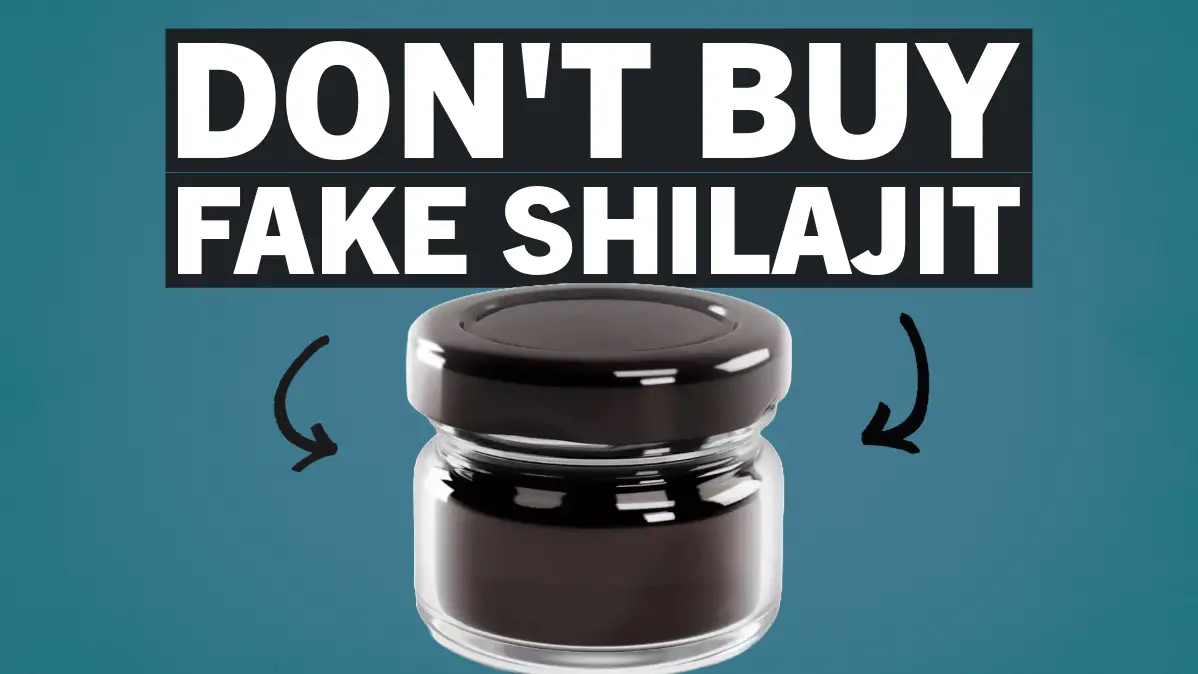 NutritionJune 5, 2024Shilajit Products
NutritionJune 5, 2024Shilajit Products FitnessMay 14, 2024Donate Blood
FitnessMay 14, 2024Donate Blood GearApril 6, 2024HOKA Kawana 2 Review – Are These The Best HOKA Gym Shoes?
GearApril 6, 2024HOKA Kawana 2 Review – Are These The Best HOKA Gym Shoes? CrossFitApril 4, 2024How Many Pull-Ups Should I Do Daily? Let’s Figure it Out…
CrossFitApril 4, 2024How Many Pull-Ups Should I Do Daily? Let’s Figure it Out…
Affiliates:
This post may contain affiliate links that at no additional cost to you, the site may earn a small commission. We only recommend products we would use ourselves and all opinions expressed on this site are our own.
General Advice:
The information provided in this article is for general informational purposes only. It is not intended as a substitute for professional advice. Always consult with a qualified healthcare professional before starting any new diet, exercise program, or making changes to your health routine.
Accuracy Advice:
While we strive to provide up-to-date and accurate information, the content in this article may not reflect the most current research or medical guidelines. We encourage readers to do further research and consult with professionals for more personalized advice.
Our Recommendations:
The products and services mentioned in any of our articles are recommended based on our independent research and personal experience. We are not sponsored by any company. We aim to suggest products and services we believe are of high quality and could be beneficial to our readers.






